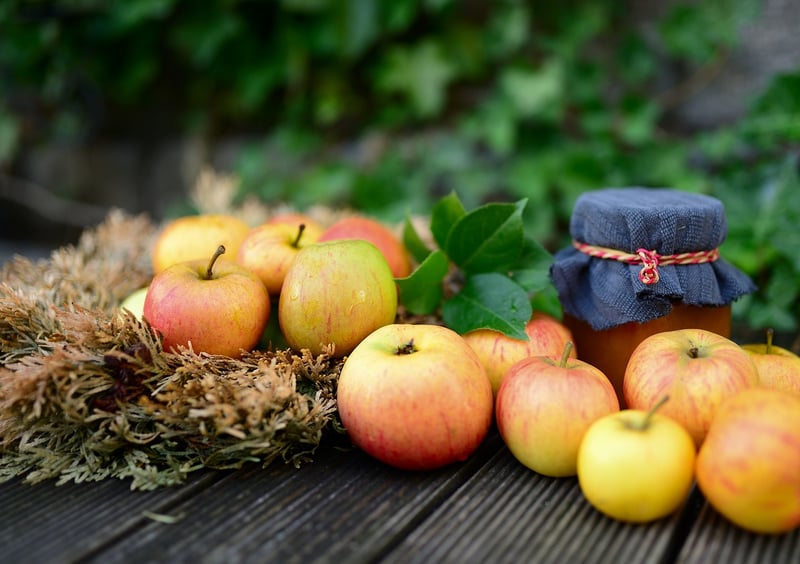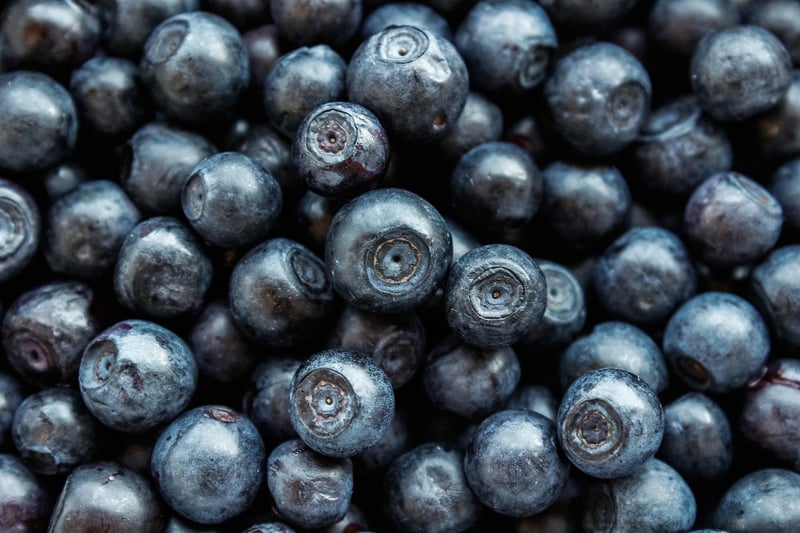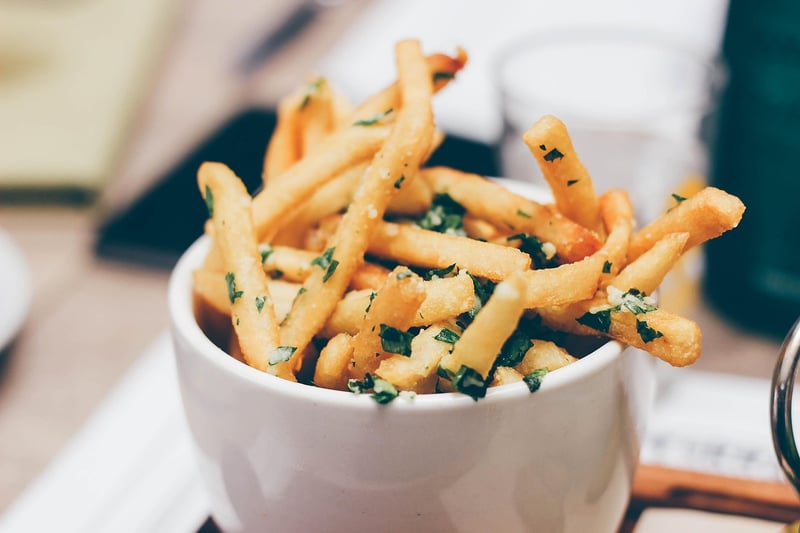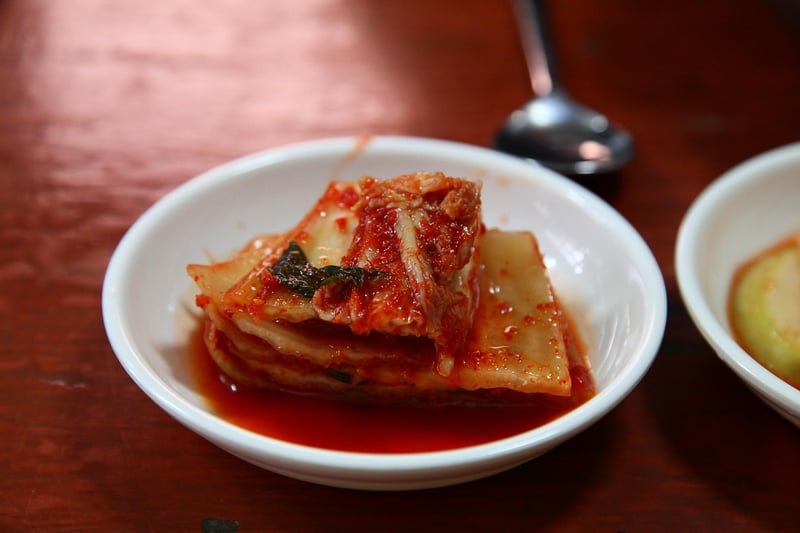Preservation Techniques
Honoring the Harvest: Preservation Techniques
Harvest season is a time of abundance when fresh fruits and vegetables are plentiful. To make the most of this bounty and enjoy these flavors year-round, it's essential to learn preservation techniques that have been passed down for generations.
Canning
Canning is a popular method of preserving food that involves sealing food in jars and then heating them to destroy microorganisms that cause spoilage. Fruits, vegetables, jams, and pickles can all be canned to enjoy months later.

Freezing
Freezing is a simple and convenient way to preserve the harvest's freshness. Many fruits and vegetables can be frozen after blanching to retain their taste and nutrients. Freezing is ideal for berries, peas, and corn.

Drying
Drying is a traditional preservation method that removes moisture from food, inhibiting the growth of bacteria and mold. Herbs, fruits, and jerky can be easily dried at home using a dehydrator or oven.

Fermentation
Fermentation is not only a preservation technique but also a way to enhance the flavors of food. Foods like sauerkraut, kimchi, and pickles undergo fermentation, which adds beneficial probiotics to your diet.

Root Cellaring
Root cellaring is an ancient method of storing root vegetables like potatoes, carrots, and beets in a cool, dark, and humid environment. This technique can keep produce fresh for months without the need for modern preservation methods.

By mastering these preservation techniques, you can savor the flavors of the harvest long after the growing season ends. Experiment with different methods to find the ones that best suit your taste preferences and lifestyle.
Remember, honoring the harvest is not just about enjoying the fruits of your labor—it's also about respecting nature's bounty and ensuring nothing goes to waste.
